The Country Life guide to Suffolk: Where to go, what to see, where to stay and what to eat
Suffolk is often overlooked in favour of neighbouring country Norfolk, but there's just as much to do here and plenty of fascinating early medieval period history. Here’s our guide to what to do, where to stay and what to eat.
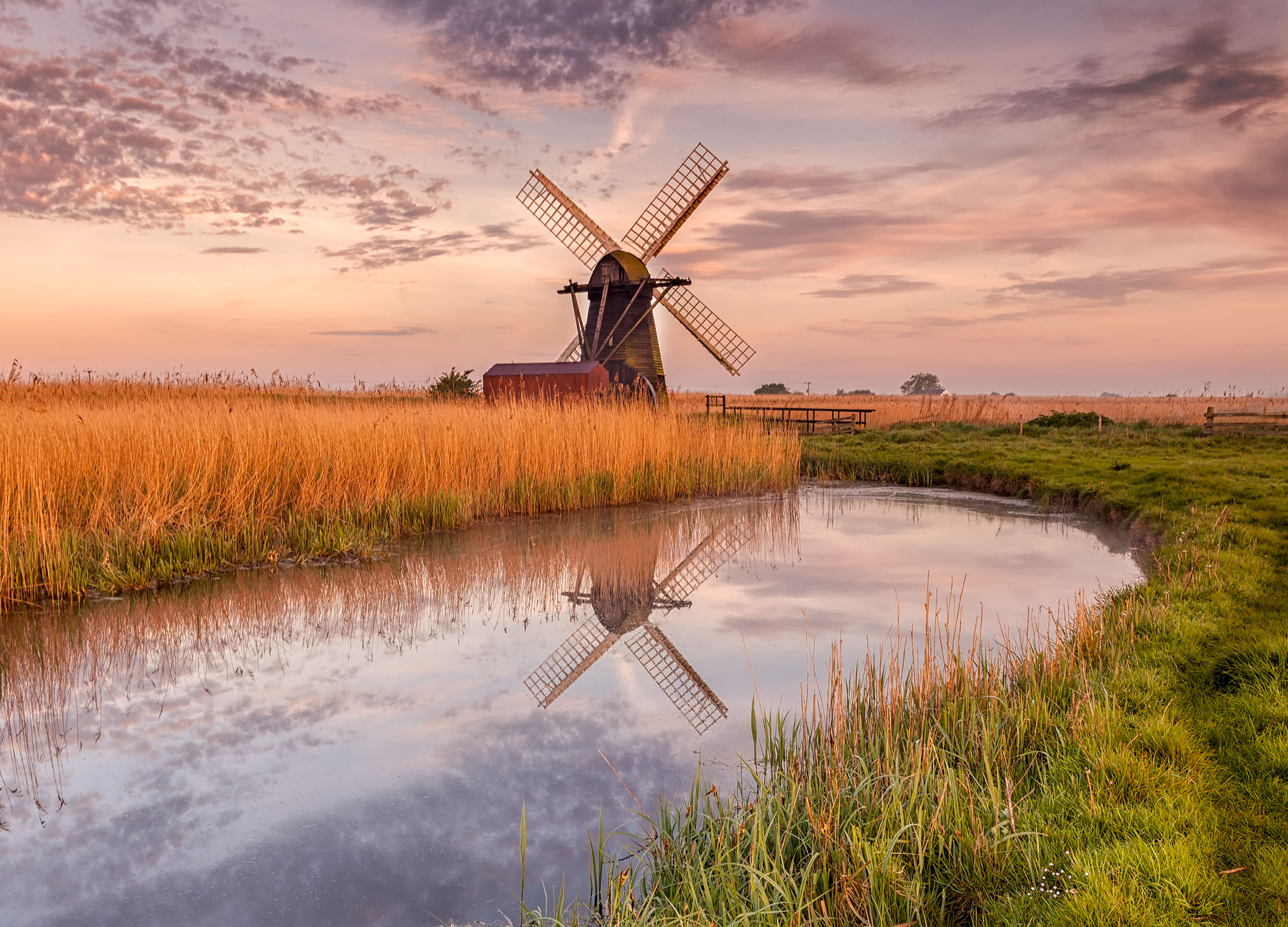
Even at the height of the summer season, Suffolk still has secret places to retreat, for this is a quiet county, untrammelled by motorways or cities. Its coastline includes long, deserted shingle and sandy beaches, where you can walk for miles, accompanied only by the crashing waves of the North Sea; and its estuaries and rivers wind through protected heaths and wetlands, including the RSPB nature reserve at Minsmere, as well as the pastoral meadows of Constable country in the Dedham Vale.
Suffolk’s ancient history is evident in the landscape — from its Roman roads to the Anglo-Saxon ship burial at Sutton Hoo — and medieval churches and villages are scattered throughout the county.
What to do in Suffolk
Walking the Suffolk coast
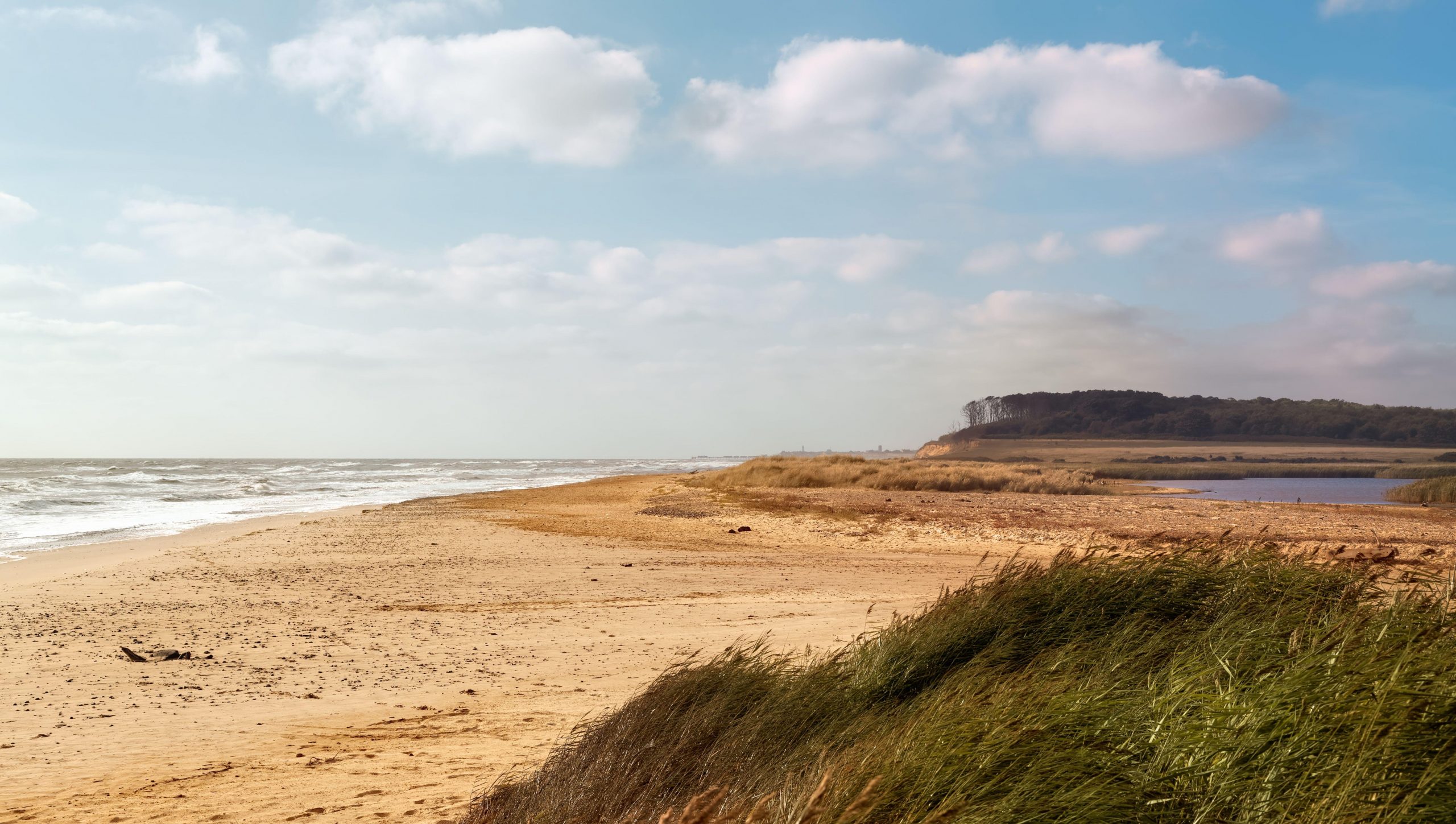
The Suffolk coast path is 50-miles long, running along the eastern edge of the county, much of which remains wild and undeveloped.
I particularly like the stretch from the village of Dunwich (once the Anglo-Saxon capital of the East Angles, and a port that rivalled London in size, until a series of fierce storms in the 13th century washed it into the sea) to Walberswick and onwards to Southwold.
Parking is easy in Dunwich, and there are plenty of opportunities for refreshments along the way. Don’t miss the Sole Bay fish and chips, either from the original fishmonger and takeaway at Southwold Harbour, or in the town itself, at the Little Fish & Chip shop. The fish is freshly caught every day.
Continuing northwards from Southwold, the coastal erosion becomes dramatically apparent at Covehithe (above), a remote and beautiful beach where the cliffs have collapsed into the sea. The partly ruined church of St Andrew’s stands nearby, which is well worth a short detour from the coast path.
Wild swimming in Suffolk
The founding father of the wild swimming movement, Roger Deakin, lived in Suffolk and chronicled his aquatic explorations in his visionary book Waterlog. I’ve been inspired by his writing to swim in the River Waveney, which forms the border between Suffolk and Norfolk, and from the beach at Walberswick, which is fringed with sand dunes.
Sign up for the Country Life Newsletter
Exquisite houses, the beauty of Nature, and how to get the most from your life, straight to your inbox.
Row on the River Stour
Boats can be hired at Flatford, the rural hamlet where the artist John Constable grew up beside the River Stour, and the scene of several of his most celebrated paintings, including The Hay Wain.
Helmingham Hall Gardens
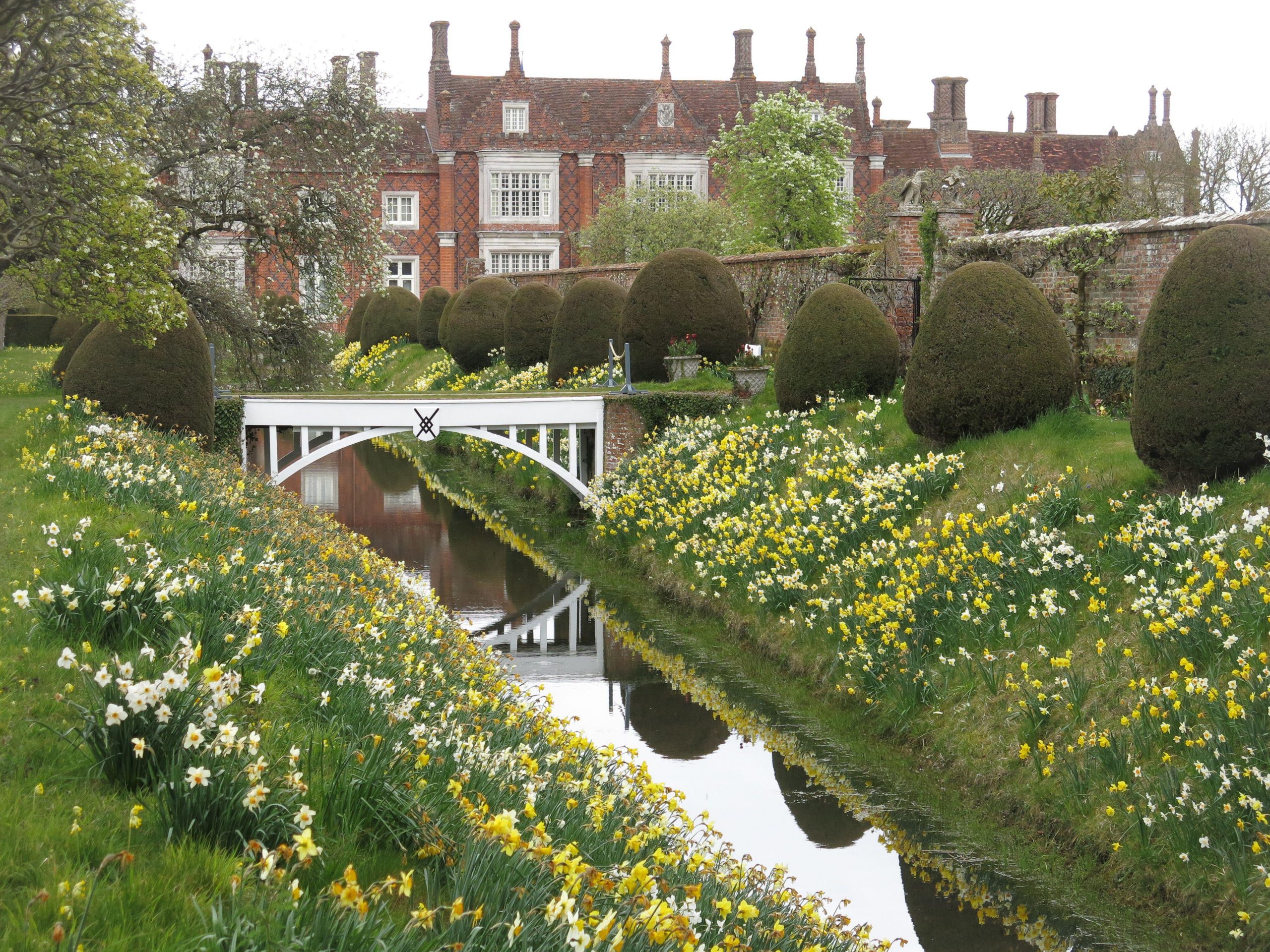
A Grade 1 moated manor house, Helmingham Hall has been the home of the Tollemache family since the 15th century, and its enchanting gardens are open to the public. The Elizabethan history is evident in the knot garden and parterre, and the planting is glorious throughout, thanks to the influence of Lady Tollemache, the award-winning garden designer who has overseen the development of Helmingham to its current perfection.
Snape Maltings and Aldeburgh
The Suffolk-born composer Benjamin Britten and his partner, the singer Peter Pears, were co-founders of the Aldeburgh Festival, which found a permanent home in 1967 in this concert hall and opera house created from redundant Victorian buildings on the banks of the River Alde.
Now a thriving arts complex, it also features independent shops and cafes (including the excellent Earsham Street Deli), and makes a good starting point for walks or boat trips that depart from the Snape Maltings quay. Fans of Britten and Pears can also visit their nearby home, the Red House, which is now a museum and gallery.
Thorpeness
A seaside village transformed into a whimsical holiday resort in the early 20th century by the Scottish architect Glencairn Stuart Ogilvie, with a boating lake, golf club, and the ‘House in the Clouds’, a former water tower turned into a home that seems to float above the trees.
Orford Ness
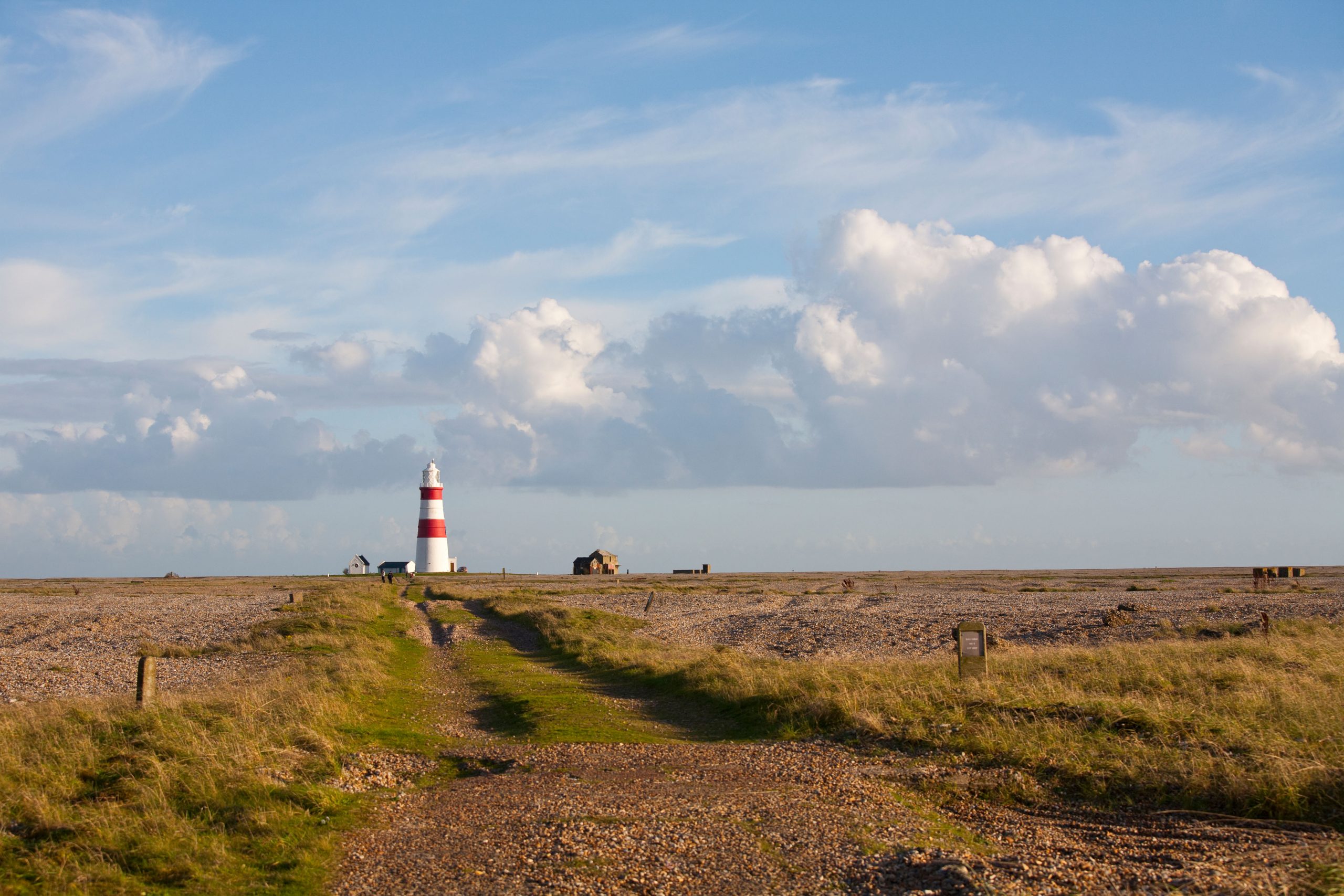
A long shingle coastal spit, accessible only by boat, and now owned and managed as a protected nature reserve by the National Trust. Formerly administered by the Ministry of Defence, and used for radio transmission, atomic research and radar experiments, its disused military buildings add to the eerie atmosphere of this otherworldly place.
Sutton Hoo
Sutton Hoo is an awe-inspiring Anglo-Saxon royal burial site first excavated in 1938 (with the discovery of its immensely precious treasures dramatised in the film The Dig), and now in the care of the National Trust.
After exploring the 250-acre Sutton Hoo estate, it’s well worth visiting the nearby town of Woodbridge on the opposite bank of the River Debden. A centre for boat-building and sail making since the Middle Ages, the historic town is now home to several appealing shops and galleries. My favourite is New Street Market, which stocks an imaginative selection of clothing, homeware and fresh flowers, as well as having a very good café on the premises.
Lavenham
The best preserved of the medieval ‘wool’ towns in England, built on the success of the cloth trade from the 13th century onwards, Lavenham is famed for its fine architecture, with a colourful array of timbered-framed buildings (which formed the atmospheric backdrop for the scenes depicting Godric’s Hollow in the Harry Potter films).
It also has a good selection of independent shops and galleries, and a Farmer’s Market held on the fourth Sunday of every month. Nearby is another attractive wool town, Long Melford, where stands the magnificent medieval Holy Trinity Church.
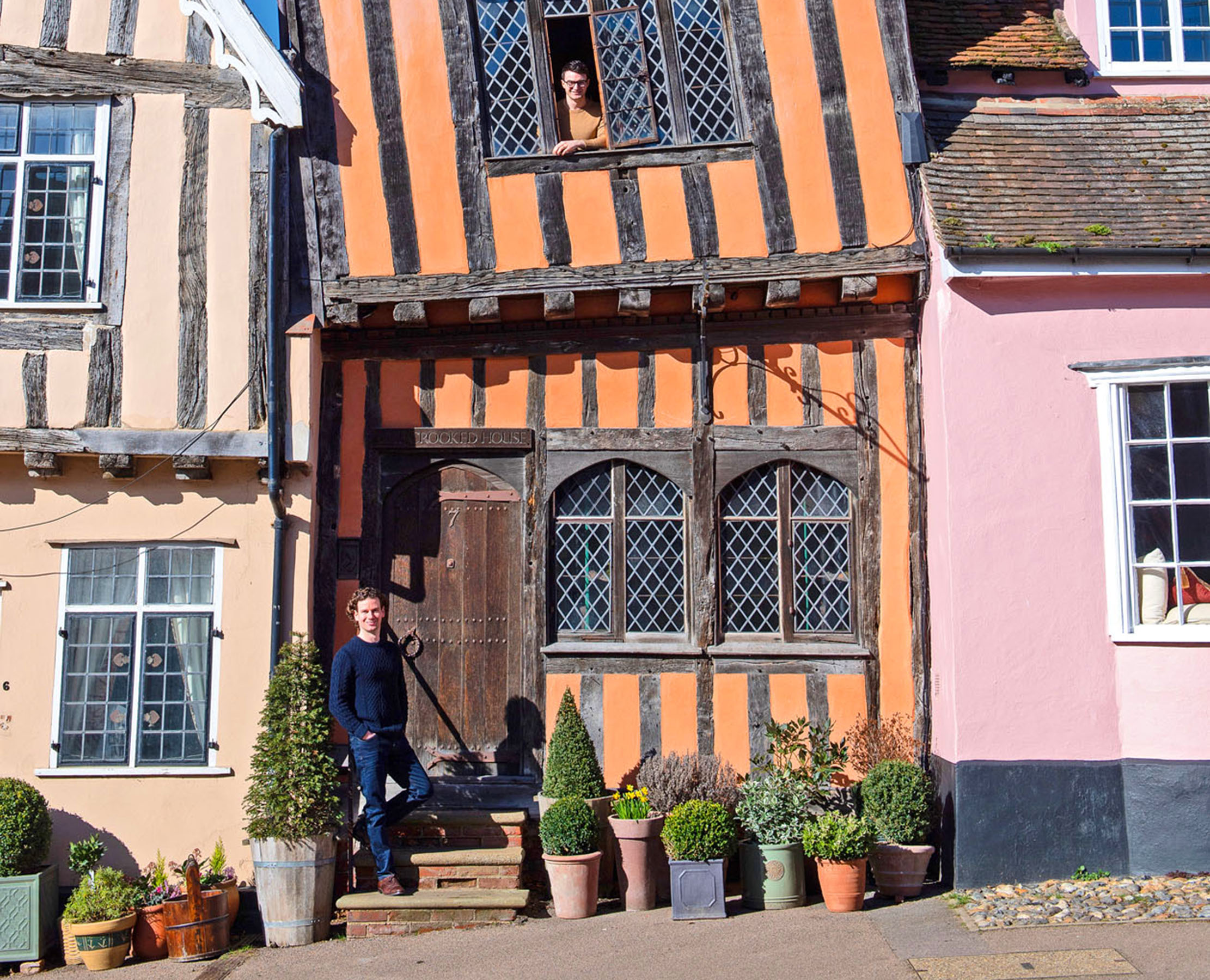
Where to stay in Suffolk
Standing in the heart of this charming seaside town, the Swan is the flagship of the Adnams group, a renowned local brewery and distillery. The traditional Georgian hotel has been restored with flair, offering colourful, comfortable bedrooms, decorated in a palette almost as bright as the rainbow-hued beach huts that line the nearby sea front. The bar and restaurant are deservedly popular, and also open to non-residents.
The childhood home of the artist Sir Alfred Munnings, Mendham Mill stands on the banks of the River Waveney, and its five self-catering properties are the perfect location for anyone who wants to swim, fish, paint or simply relax in this peaceful waterside setting, amidst seven acres of beautifully tended gardens. Guests can borrow canoes and a rowing boat, to explore further along the river, or follow the Angles Way footpath through the tranquil Waveney Valley.
A stylish bed and breakfast in an airy cedar-shingled barn conversion, surrounded by five acres of gardens and woodland, just a few miles from the coast at Aldeburgh. The décor is contemporary, mixing mid-century Ercol furniture with polished concrete floors and carefully chosen local art and ceramics; the owners are warmly welcoming, offering helpful recommendations about the local area, and a delicious home-breakfast cooked to order.
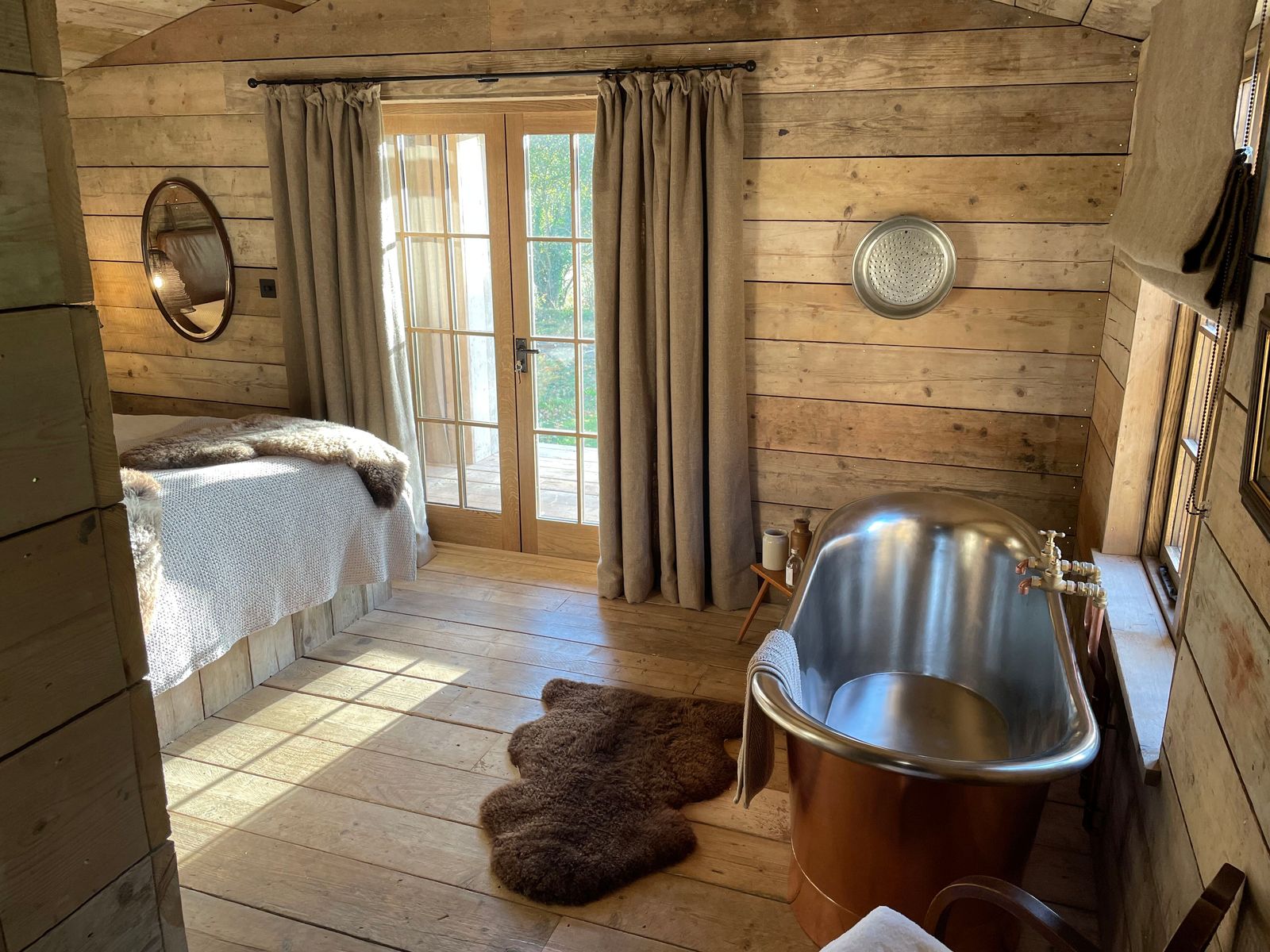
For a self-catering option the cosy, charming, quirky and fun log cabins at The Farmstead, near Woodbridge and Sutton Hoo, are the sort of log cabins you fantasise without any of the downsides. 'It’s like living in an episode of The Waltons but also having decent WiFi,' we recently wrote after a visit.
Where to eat in Suffolk
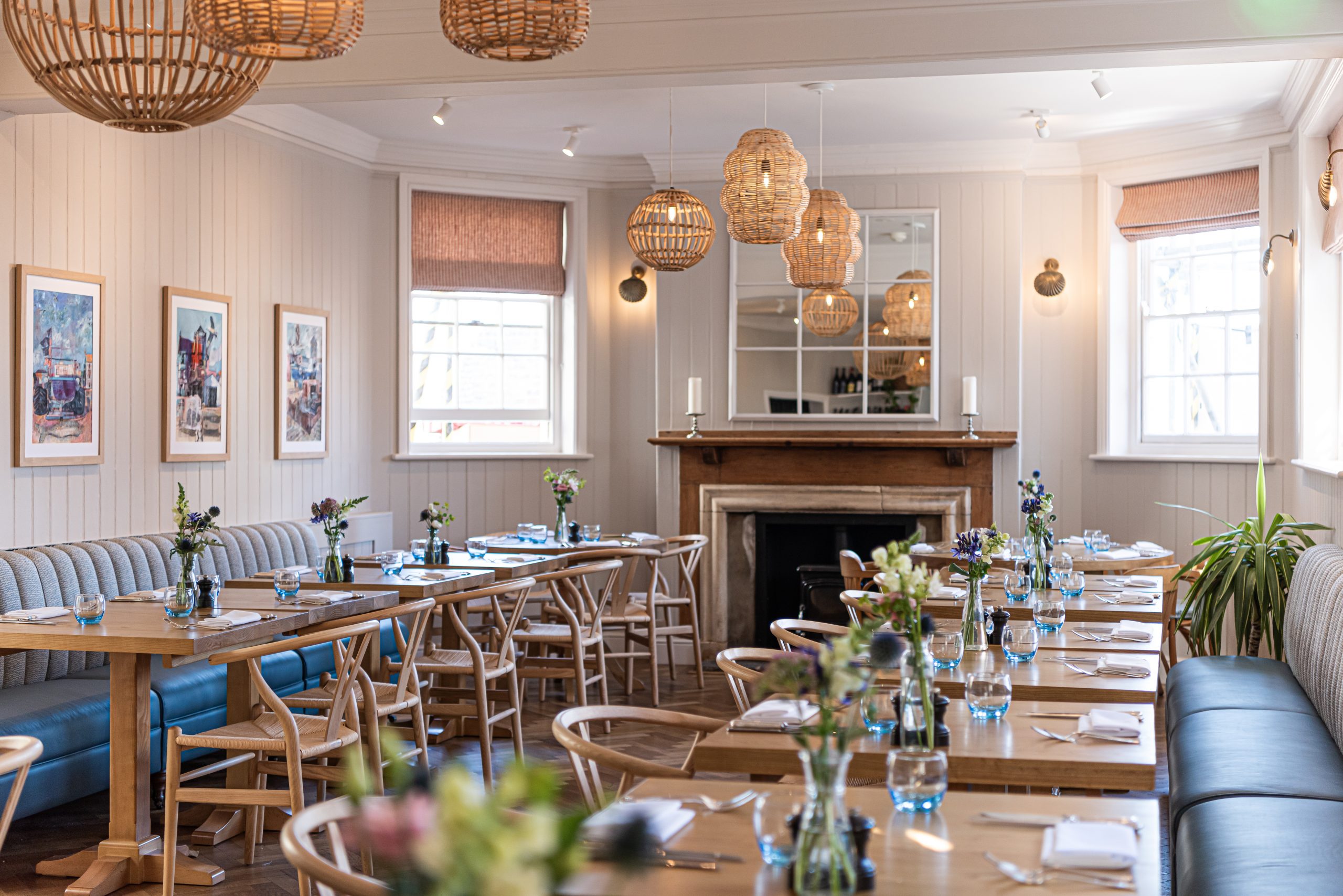
An exceptionally civilised yet relaxed restaurant with rooms, recently established in Aldeburgh by George Pell (formerly of the Soho institution L’Escargot). The fresh fish is landed locally every morning, and the food showcases seasonal produce sourced from the surrounding area. My husband declares the lobster and chips to be the best he has ever eaten, and I feel the same way about the dressed crab and spears of Suffolk asparagus served with hollandaise sauce. It’s also properly dog-friendly, and the staff are lovely.
A highly acclaimed gastro-pub in the village of Bromeswell, near Woodbridge, serving unfussy British food with an Italian influence. Their Sunday roasts have been hailed by restaurant critics as the best in the country, and the set menus are good value (four courses for £30); booking ahead is essential.
A popular neighbourhood restaurant in the market town of Framlingham (home to local hero Ed Sheeran); the cooking combines Italian flair with East Anglian produce, and the same team has also opened a convivial bar, Beviamo, and a shop that stocks the superb Suffolk Meadow ice cream and sorbets.
Excellent seafood and smoked delicacies available to take away from the shop at Orford Quay, or to eat in at their little restaurant on the Market Square, which serves local Butley oysters and griddled freshly caught fish.
Pump Street Chocolate and Bakery
A family-run business in Orford selling single-origin chocolate, bread and pastries. (pumpstreetchocolate.com)
No visit to Suffolk would be complete without a visit to one of these bakeries; the original is in Southwold, but they have spread their wings across the county, adding cafes in Woodbridge, Beccles and Aldeburgh.
Also known as the King’s Head, this cosy 16th century thatched pub has no bar, but serves its beers straight from the casks in the Tap Room, and offers reasonably priced home-cooked food at lunch and in the evenings. The interiors remain largely unchanged since the 19th century, with high-backed settles and an open fire in winter; outside is a large garden that used to be the village bowling green.
You can follow Justine Picardie @justinepicardie
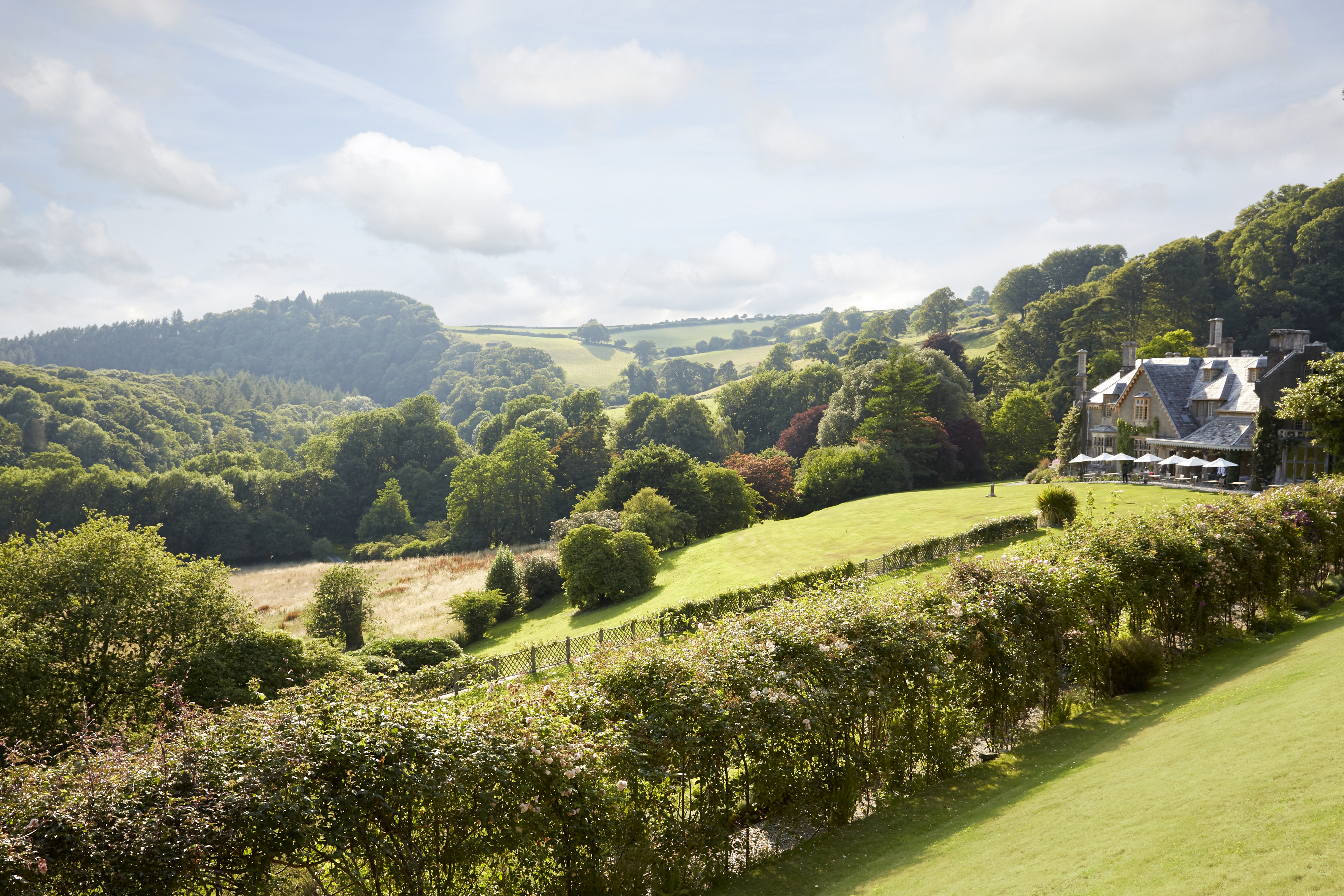
Credit: Paul Massey
The Country Life guide to South Devon: Where to go, what to see, where to stay and what to eat
Mile-upon-mile of coastline, England’s largest fish market and idyllic scenery make South Devon a fantastic staycation destination. Here’s our guide
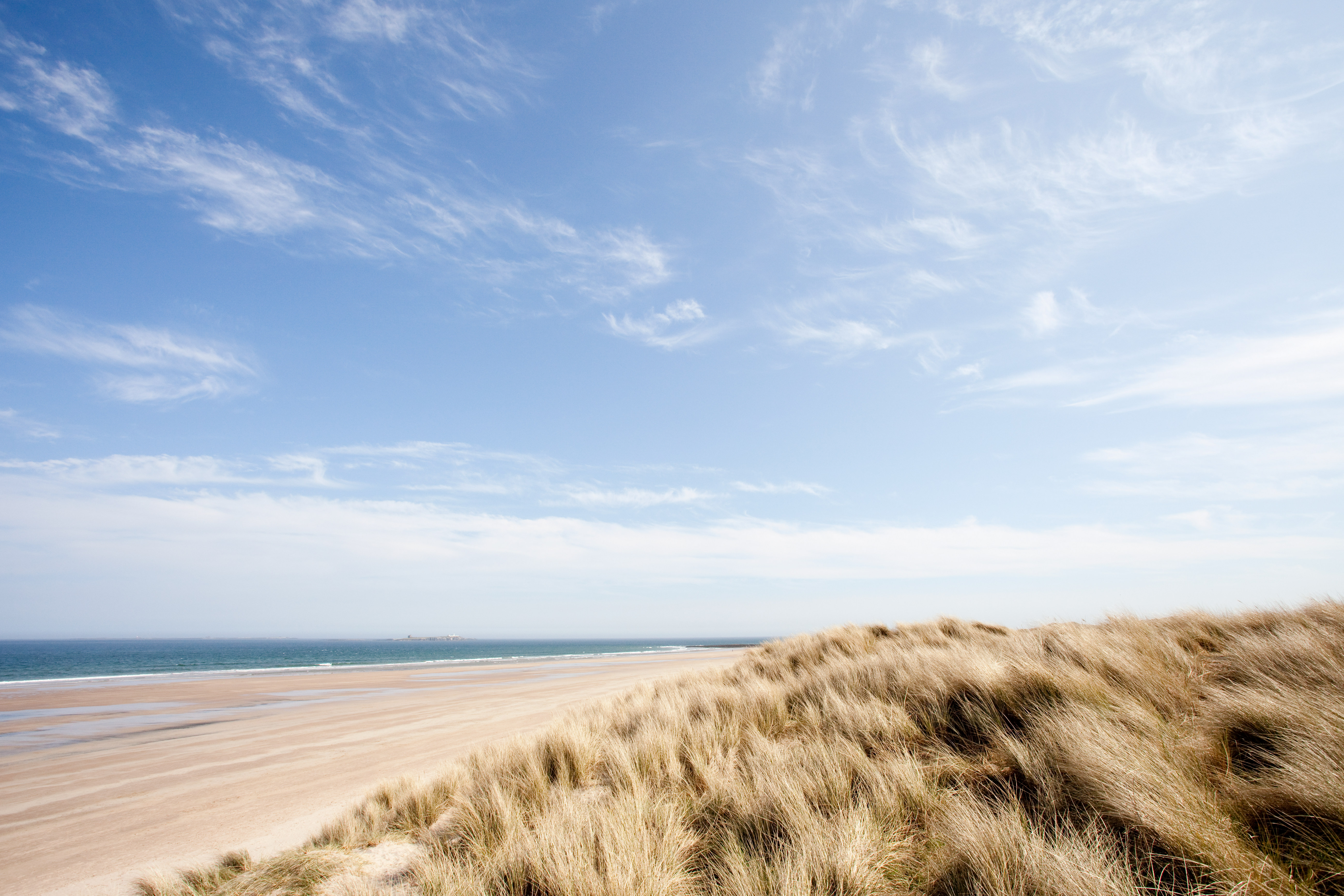
Credit: Getty Images/Image Source
The Country Life guide to Northumberland: Where to go, what to see, where to stay and what to eat
Crowd-free beaches, coastline, marshes and meadows, and plenty of wildlife make Northumberland a superb place to go. Here's our guide
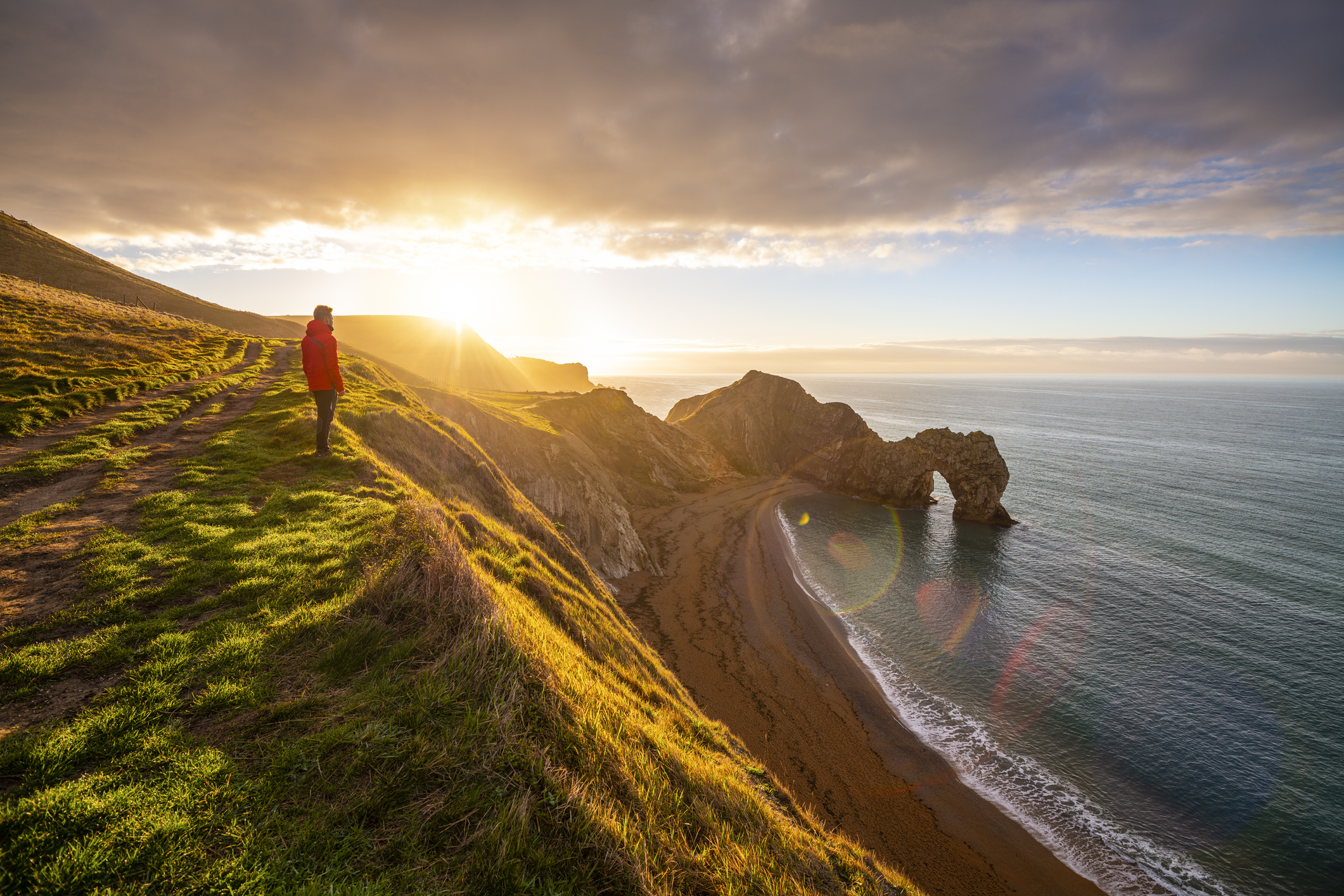
The Country Life guide to Dorset: Where to go, what to see, where to stay and where to eat
Magnificent coastline, beautiful countryside, irresistible romantic ruins and wonderful local produce make Dorset a superb place to go. Here's our
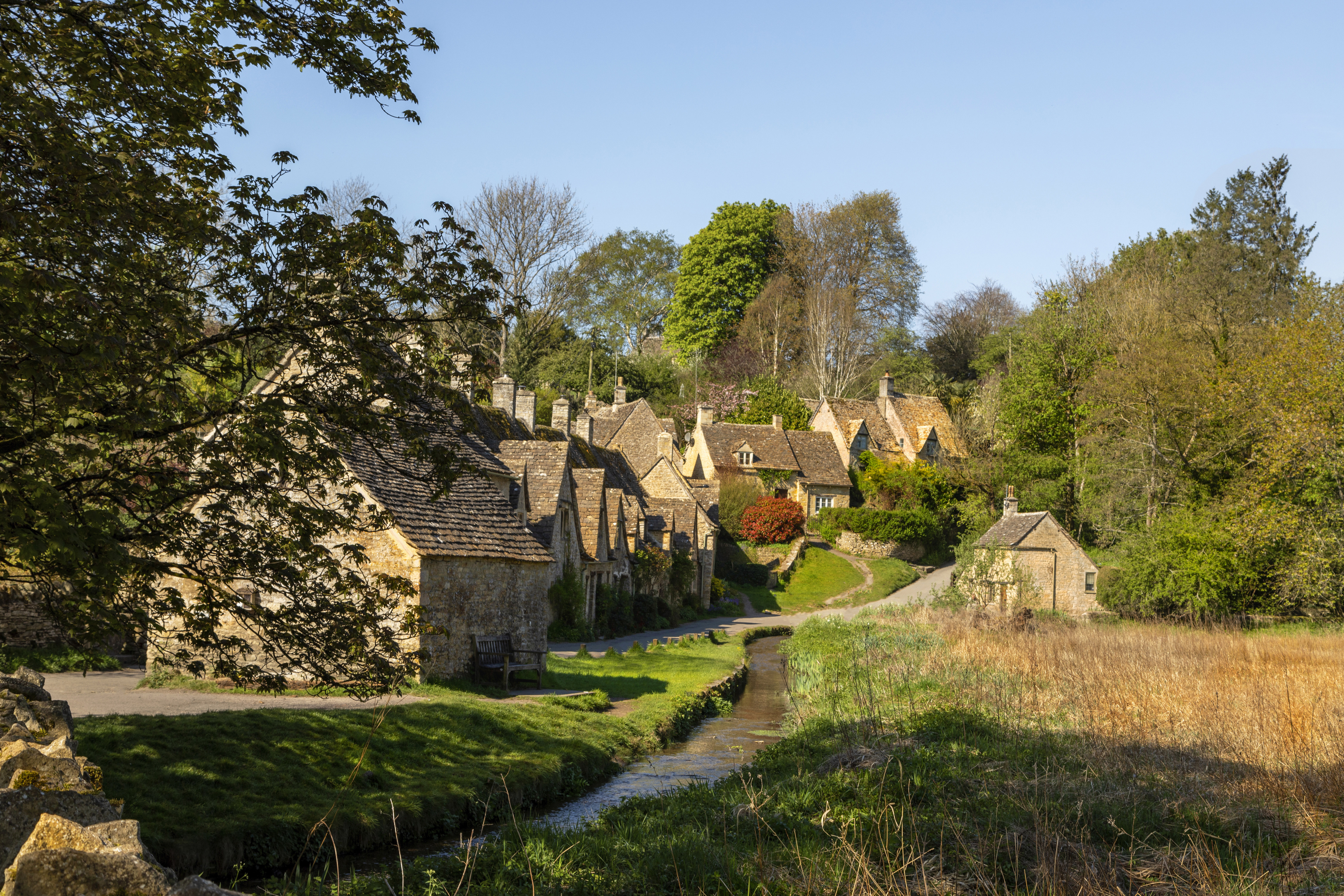
The Country Life guide to the Cotswolds: Where to go, what to see, where to stay and what to eat
Straddling five counties, the Cotswolds is arguably England's most famous region outside of London. Here’s our guide to what to

Credit: Getty Images
The Country Life guide to Bali: What to see, where to stay and what to eat
Bali’s popular dry season is upon us — April to October — and this year, the Indonesian island’s popularity looks
-
 Ford Focus ST: So long, and thanks for all the fun
Ford Focus ST: So long, and thanks for all the funFrom November, the Ford Focus will be no more. We say goodbye to the ultimate boy racer.
By Matthew MacConnell
-
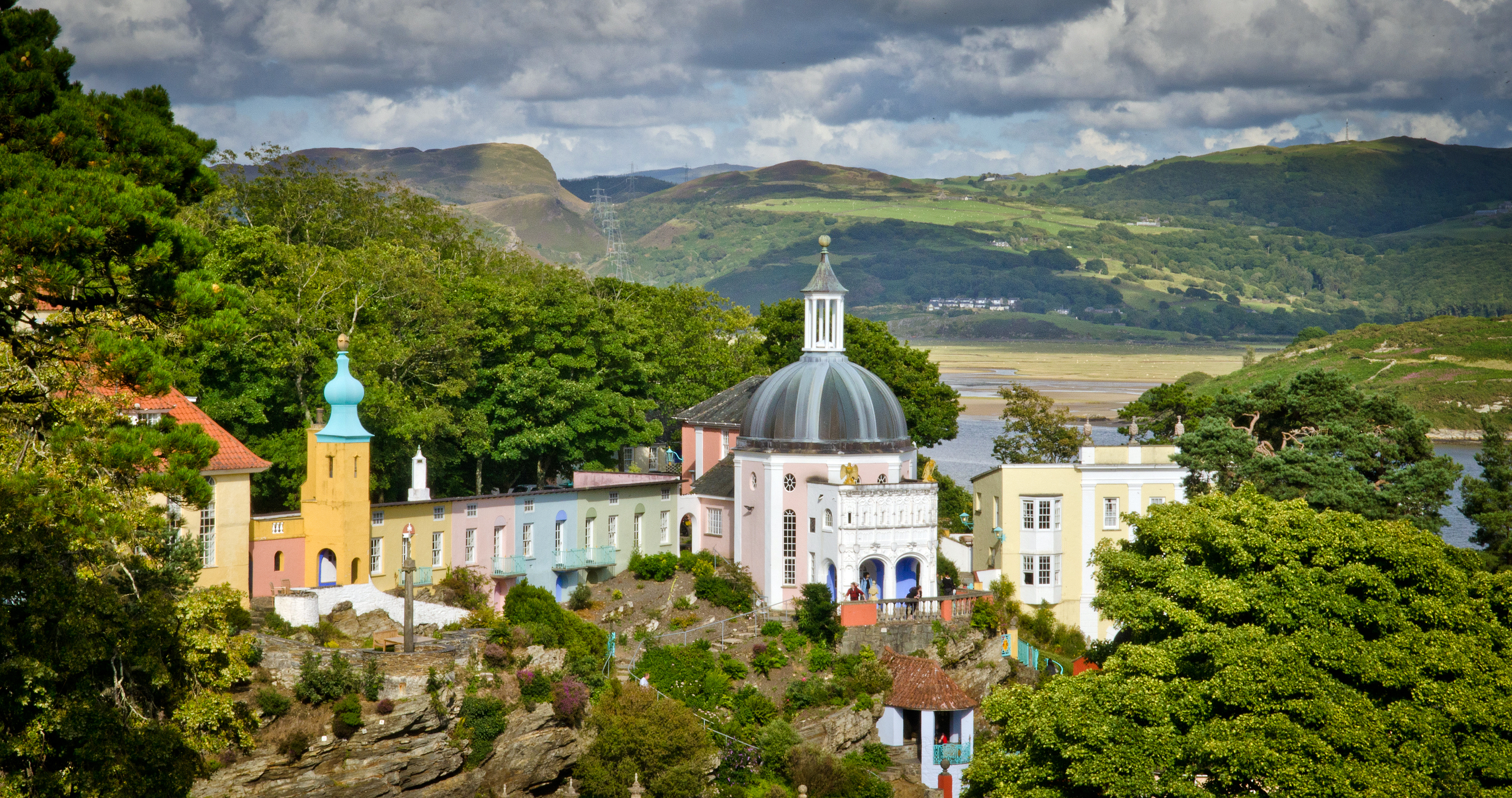 ‘If Portmeirion began life as an oddity, it has evolved into something of a phenomenon’: Celebrating a century of Britain’s most eccentric village
‘If Portmeirion began life as an oddity, it has evolved into something of a phenomenon’: Celebrating a century of Britain’s most eccentric villageA romantic experiment surrounded by the natural majesty of North Wales, Portmeirion began life as an oddity, but has evolved into an architectural phenomenon kept alive by dedication.
By Ben Lerwill
-
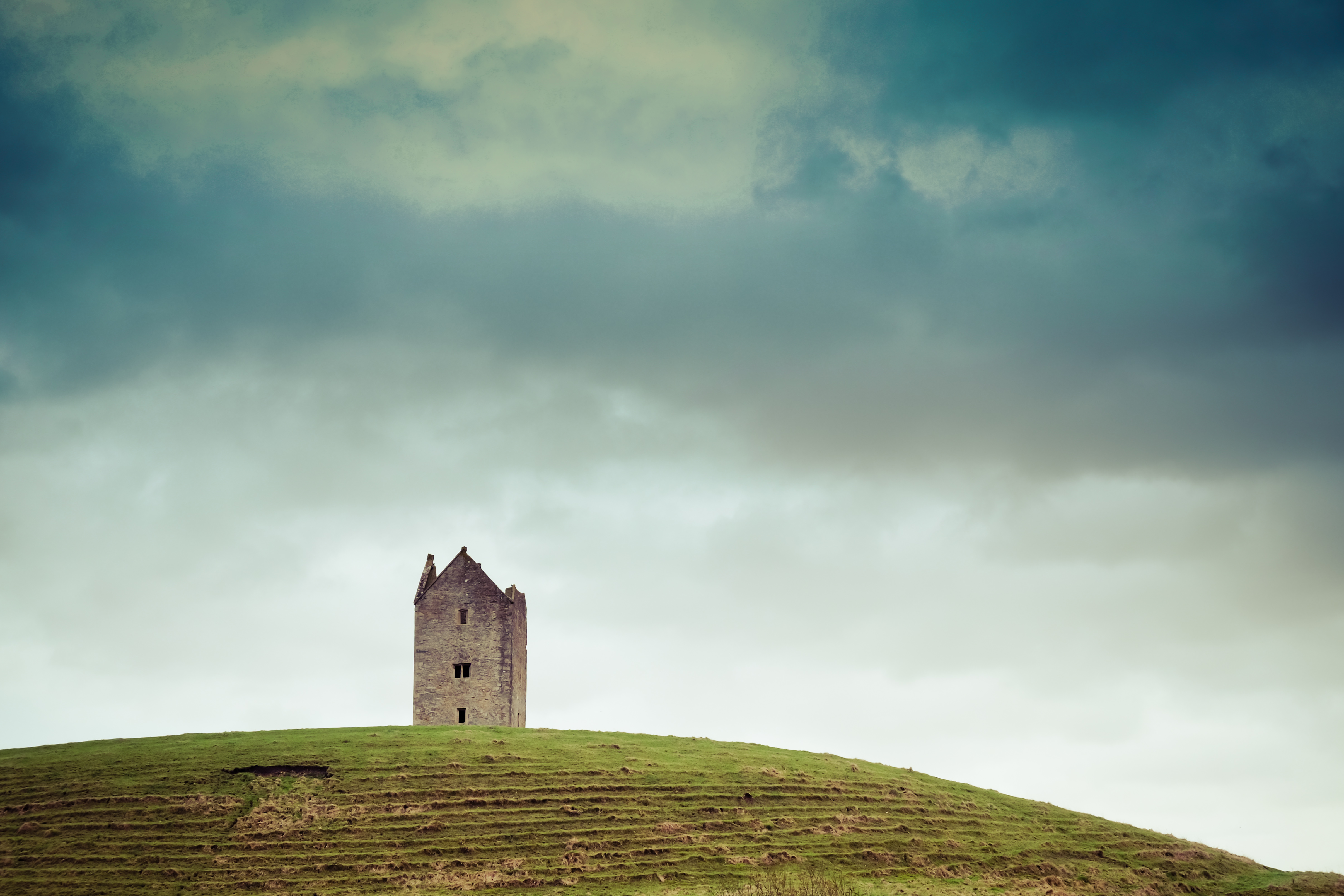 The Country Life guide to Somerset: What to do, where to stay and how to eat
The Country Life guide to Somerset: What to do, where to stay and how to eatSomerset is rich in natural beauty and history, but it is its wealth of small-scale food and drink producers, farmers and makers that really set it apart from the competition. Find out how to make the most of it all with our indispensable guide.
By Natalie Millar-Partridge
-
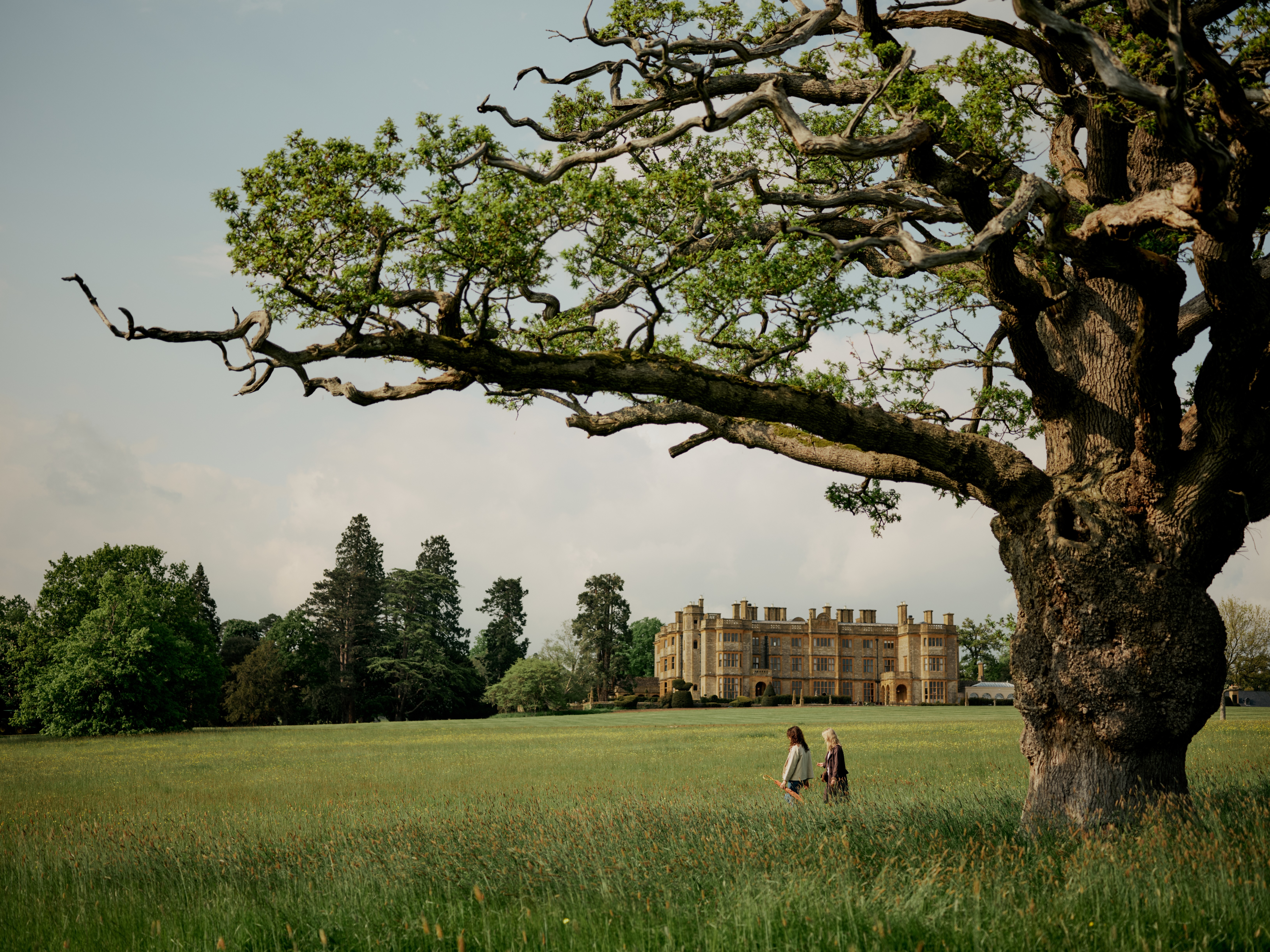 ‘I don’t want to oversell it but they are the best pumpkin pancakes in the universe’: Country Life’s unbeatable guide to Oxfordshire
‘I don’t want to oversell it but they are the best pumpkin pancakes in the universe’: Country Life’s unbeatable guide to OxfordshireWhere to stay, where to eat and what to do in Oxfordshire (with some borderline Gloucestershire snuck in), according to the people who love it and live there, including Lady Carole Bamford.
By Jo Rodgers
-
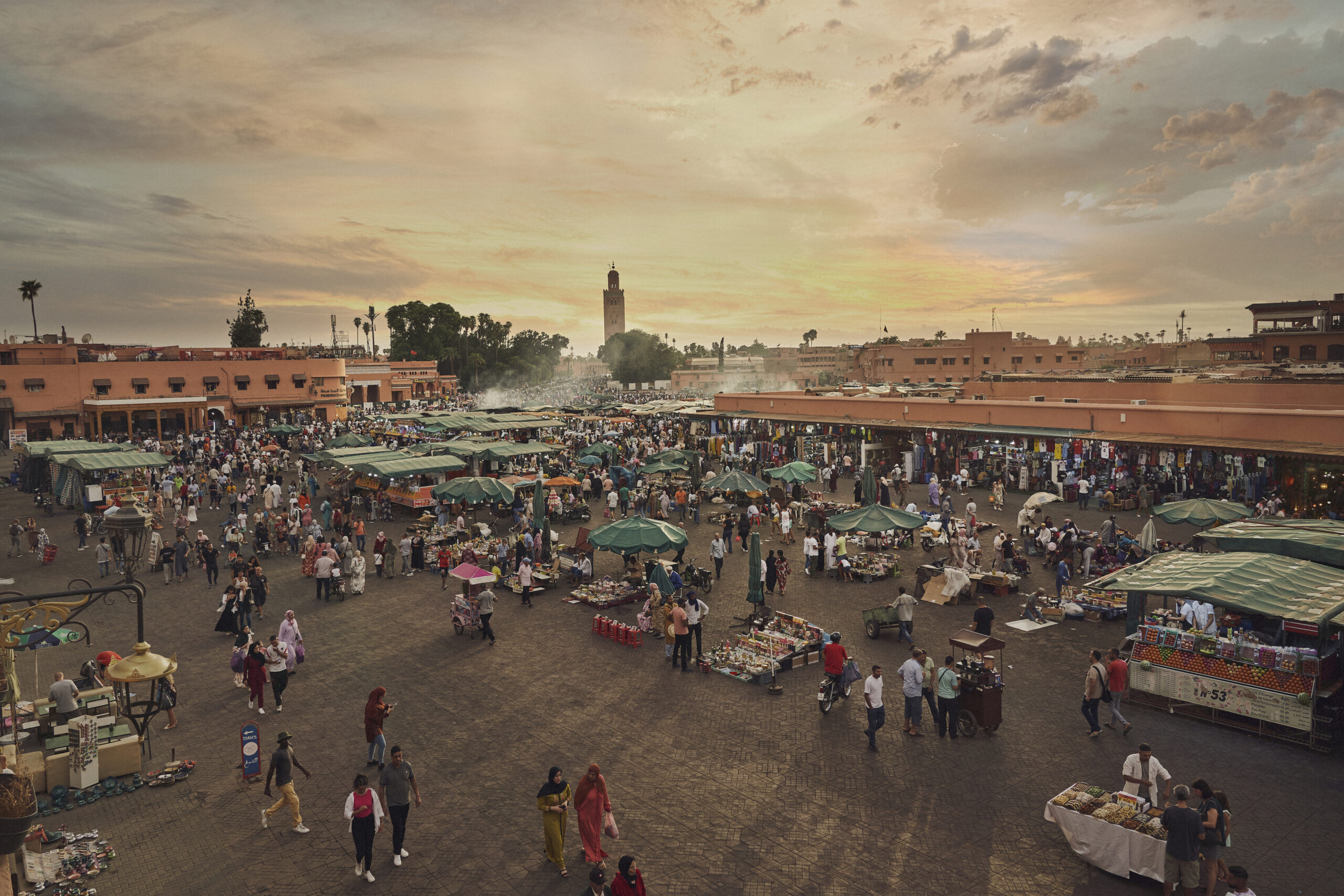 The Country Life Guide to Marrakech: Where to shop, stay and eat
The Country Life Guide to Marrakech: Where to shop, stay and eatMagical Marrakech is a tale of two halves, says Hetty Lintell, who enjoys both going back in time and its new, design-led focus.
By Hetty Lintell
-
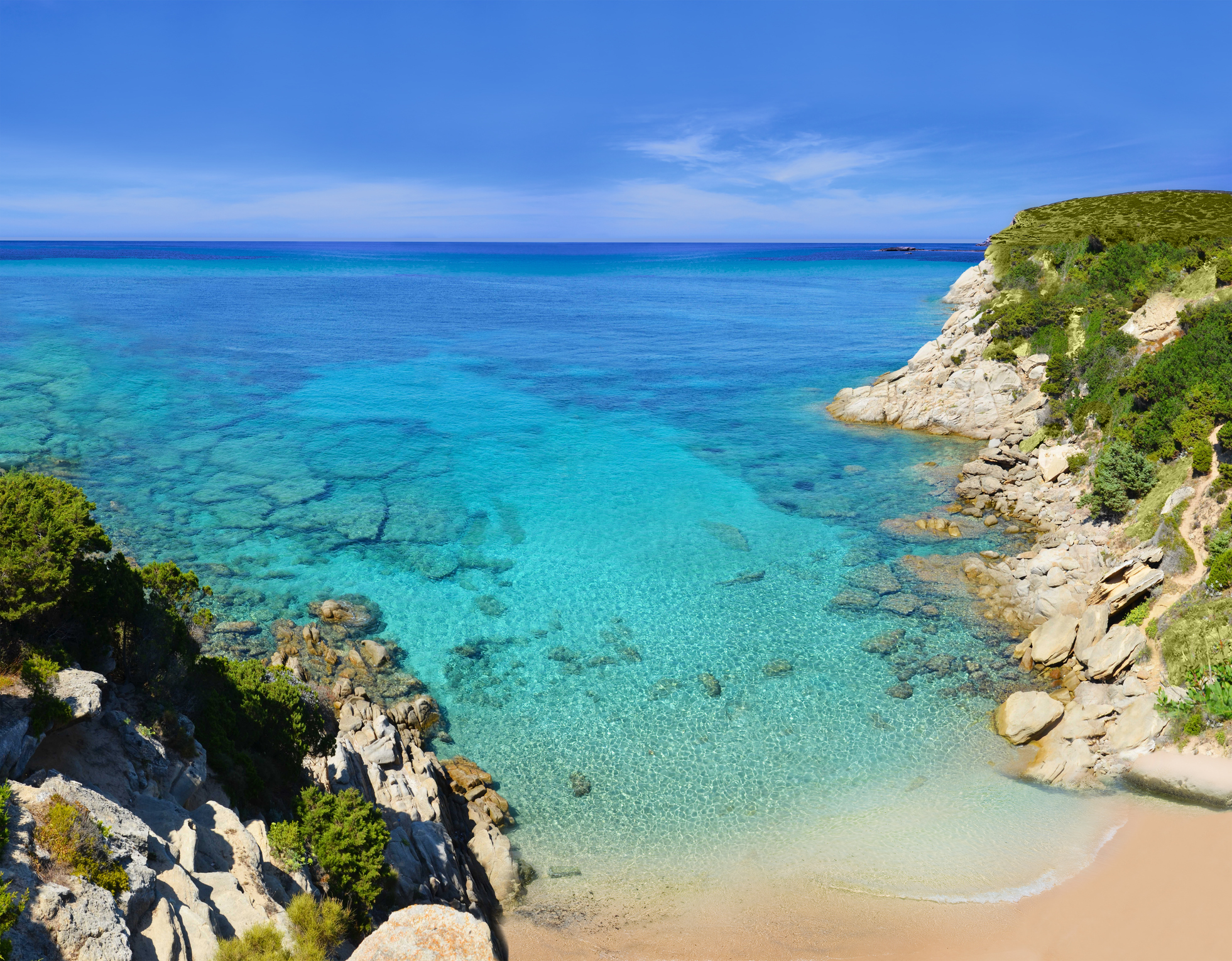 The Country Life guide to St Tropez: Where to go, what to see, where to stay and what to eat
The Country Life guide to St Tropez: Where to go, what to see, where to stay and what to eatSt Tropez — or Saint-Tropez — is one of the best know holiday destinations in the world and has, over the years, attracted the likes of Coco Chanel, Elsa Schiaparelli and Brigitte Bardot. Gilly Hopper reveals what to see, where to stay and what to eat.
By Gilly Hopper
-
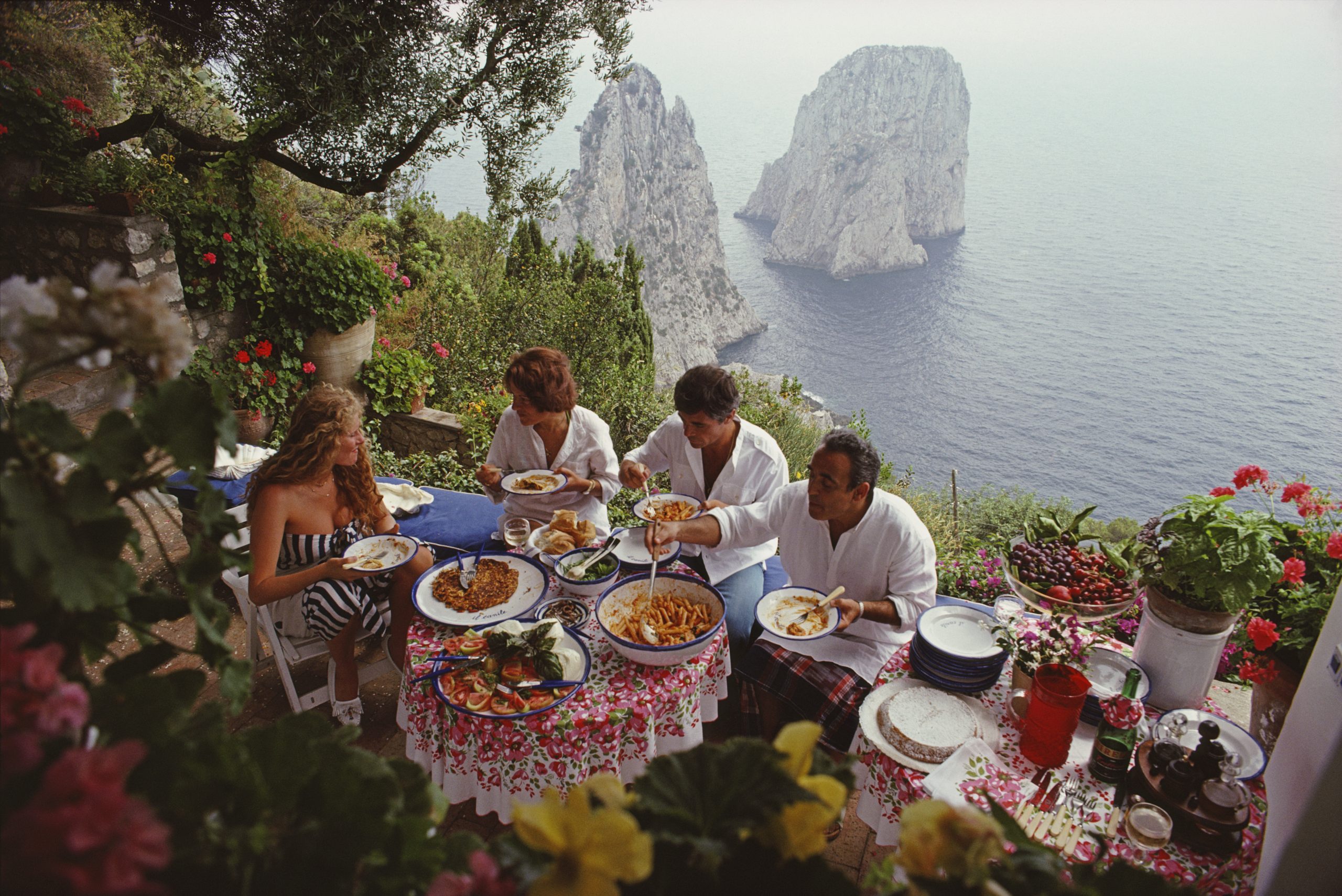 The Country Life guide to Capri, Italy: Where to go, what to see, where to stay and what to eat
The Country Life guide to Capri, Italy: Where to go, what to see, where to stay and what to eatFirst popularised as a holiday destination by the Roman Republic, the Italian island of Capri shows no signs of losing it's allure.
By Country Life
-
 The Country Life guide to Dorset: Where to go, what to see, where to stay and where to eat
The Country Life guide to Dorset: Where to go, what to see, where to stay and where to eatMagnificent coastline, beautiful countryside, irresistible romantic ruins and wonderful local produce make Dorset a superb place to go. Here's our guide to what to do, where to stay and what to eat.
By Rosalyn Wikeley
-
 Jaipur: Rosanna Falconer's unbeatable guide to India's most intoxicating city
Jaipur: Rosanna Falconer's unbeatable guide to India's most intoxicating cityIn our first of many expert-written, insider travel guides, Rosanna Falconer reveals everything you need to know about Jaipur — India's Pink City — from when to go, to where to stay.
By Country Life
-
 The Country Life guide to Paris, France: Where to go, what to see, where to stay and what to eat
The Country Life guide to Paris, France: Where to go, what to see, where to stay and what to eatParis is always a good idea, so here’s our guide to what to do, where to stay and what to eat.
By Country Life